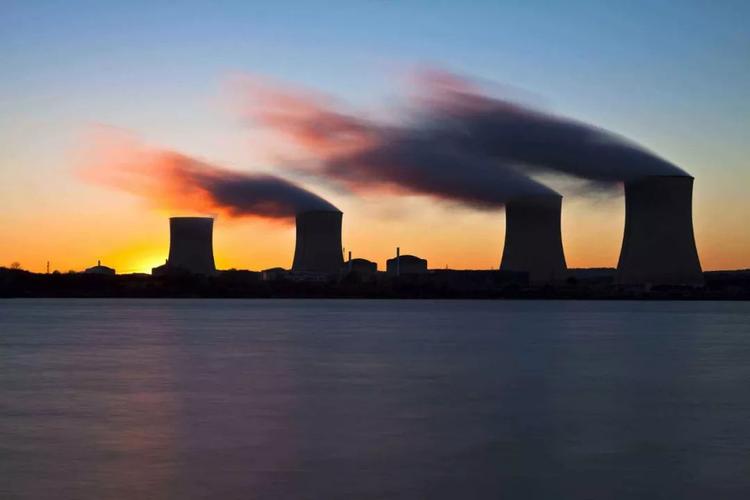**The Hidden Fire: Unlocking the Secrets of Nuclear Energy**
(How Does Nuclear Power Work)
Imagine a tiny piece of metal, smaller than a coin, holding enough energy to power your home for years. This isn’t science fiction. It’s the heart of nuclear power. Let’s dive into how this cosmic campfire works—without the flames.
Everything starts with atoms. Picture an atom like a miniature solar system. At the center is the nucleus, packed with protons and neutrons. Some atoms, like uranium-235, are unstable. Their nuclei wobble like a top about to fall. When a stray neutron hits them, they split. This split is called nuclear fission. It’s like cracking a walnut, but instead of a snack, you get a burst of energy.
Here’s the magic. When uranium-235 splits, it shoots out more neutrons. These neutrons hit other uranium atoms, making them split too. One split becomes two, then four, then eight. This chain reaction happens faster than a blink. It’s a domino effect on an atomic scale. To control it, engineers use “control rods.” These rods soak up extra neutrons like a sponge. Push them in, and the reaction slows. Pull them out, and it speeds up.
All that splitting creates heat. A lot of heat. Think of a billion microwaves running at once. This heat turns water into steam. The steam spins a turbine, which is basically a giant fan connected to a generator. As the turbine whirls, it creates electricity. It’s the same idea as a windmill, but instead of wind, we’re harnessing atomic energy.
Now picture this: inside a nuclear reactor, uranium fuel is packed into metal tubes called fuel rods. Hundreds of these rods sit in a steel tank filled with water. The water does two jobs. It cools the reactor and acts as a barrier against radiation. Surrounding everything is a thick shell of concrete and steel. This keeps the energy in and the world out.
People often worry about radiation. It’s a fair concern. Nuclear reactions produce radioactive particles, which can be dangerous. But modern reactors are built like fortresses. Layers of protection trap harmful materials. Even in accidents like Chernobyl or Fukushima, most radiation stayed inside the plant. Newer designs are even safer. Some can shut down automatically if things go wrong.
What about waste? Used fuel rods stay radioactive for thousands of years. They’re stored in special pools or dry casks made of steel and concrete. Scientists are working on ways to recycle this waste or burn it up in advanced reactors. It’s a challenge, but not unsolvable.
Nuclear power has big advantages. It doesn’t burn anything, so there’s no smoke or carbon dioxide. A single uranium pellet replaces a ton of coal. It works day and night, rain or shine. No waiting for wind or sun. Countries like France get most of their electricity this way.
The future might hold even wilder ideas. Fusion, the process that powers the sun, smashes atoms together instead of splitting them. It’s cleaner and safer, but still experimental. If we crack it, we could have nearly limitless energy. Until then, fission keeps the lights on.
(How Does Nuclear Power Work)
Nuclear energy isn’t perfect. But it’s a powerful tool in the fight for clean power. Next time you flip a switch, remember: somewhere, tiny atoms are working overtime to make it happen.
Inquiry us
if you want to want to know more, please feel free to contact us. (nanotrun@yahoo.com)




